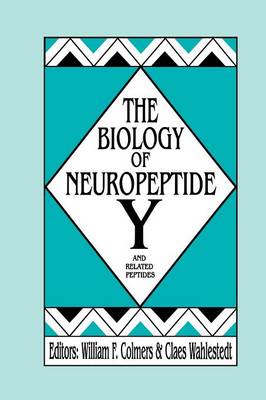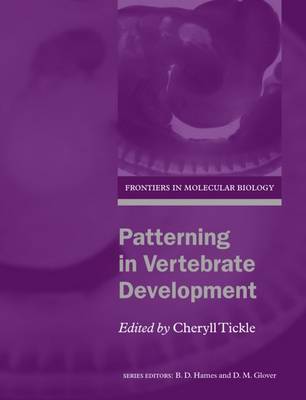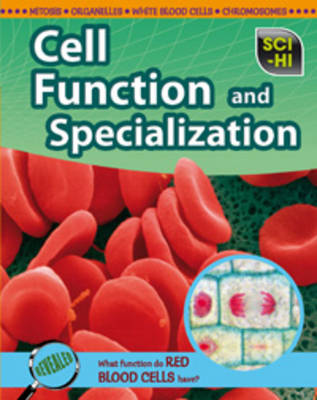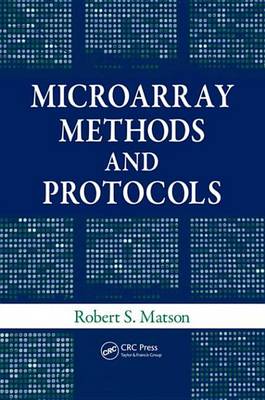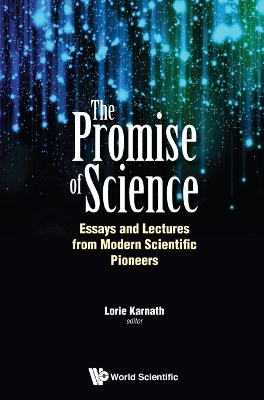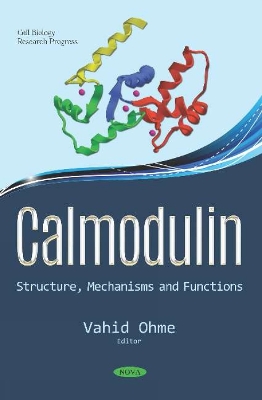The Biology of Neuropeptide Y and Related Peptides (Contemporary Neuroscience)
by William F. Colmers and Claes Wahlestedt
Leading experts critically summarize the state of knowledge concerning the molecular, anatomical, physiological, and behavioral aspects of NPY and its congeners. Each article provides a comprehensive and in-depth survey, an overview of the role of NPY in the discipline covered, a discussion of the likely future direction that the field will take, and an up-to-date bibliography. Chapters include a treatment of the evolution of the PP family of genes, the structure of the NPY gene, and the distr...
Historical Seismology (Modern Approaches in Solid Earth Sciences, #2)
Modern seismology has faced new challenges in the study of earthquakes and their physical characteristics. This volume is dedicated to the use of new approaches and presents a state of the art in historical seismology. Selected historical and recent earthquakes are chosen to document and constrain related seismic parameters using updated methodologies in the macroseismic analysis, field observations of damage distribution and tectonic effects, and modelling of seismic waveforms. A critical re-ev...
Patterning in Vertebrate Development (Frontiers in Molecular Biology)
One of the most fascinating problems in biology is how a single cell, the fertilised egg, gives rise to a new individual. This volume in the "Frontiers in Molecular Biology" series discusses the methods by which cells in distinct regions of an embryo become different, a process known as patterning. Patterning is fundamental to establishing the spatial organisation of the developing embryo. It ensures that all the parts of the body are generated and that they form in exactly the right places. The...
Dr Spencer's account gives, in largely non-mathematical terms, a concise but rigorous explanation of the principles underlying the various forms of light microscopy. It starts with the properties of lenses, elementary diffraction theory and theoretical limits to resolution; it goes on to explain the workings of phase contrast, dark-field, fluorescence, polarizing and interference microscopes. There are chapters on aberrations and photomicrography, and detailed instructions for the alignment and...
The Antioxidant Vitamins C and E
Based on the proceedings of a Symposium held during the 2002 World Congress of the Oxygen Club of California, 2002.
This Seventh Edition connects experimental material to key concepts of Cell Biology. The text offers streamlined information that reinforces a connection of key concepts to experimentation. Though the use paired art, and new science illustrations, readers benefit from a visual representation of experimental connections. Animations and video clips are tied to key illustrations with practice questions to provide a variety of ways to experience a key concept. This new edition offers an appropriate...
Nitric Oxide in Plants: Metabolism and Role in Stress Physiology
This book covers the key features of nitric oxide (NO) in plants. Comprising nine chapters, Part I highlights its metabolism and identification in plants. Part II, which consists of eight chapters, focuses on the chemical, physical and biochemical properties of the NO molecule and its derivatives; on its functional role and mode of action; and on its signaling and interaction with phytohormones, mineral nutrients, biomolecules, ions and ion channels in plants under abiotic stresses. Combining th...
Extracellular Nucleic Acids (Nucleic Acids and Molecular Biology, #25)
Extracellular nucleic acids have recently emerged as important players in the fields of biology and the medical sciences. In the last several years, extracellular nucleic acids have been shown to be involved in not only microbial evolution as genetic elements but also to have structural roles in bacterial communities, such as biofilms. Circulating DNA and RNA have been found in human blood and expected to be useful as non-invasive markers for the diagnosis of several diseases. In addition, extra...
This book came about as a result of a review I had written earlier on fea tures of cellular changes occurring during anuran metamorphosis. Only a limited treatment of this subject was possible in such a circumscribed work and only specific examples of organic change were dealt with. Thus the sins of omission weighed heavily, for so much information could not be included to provide a more comprehensive and authenticated account of the elaborate, complex, and far-reaching changes that an aquatic...
Cell Function and Specialization (Sci-Hi) (Sci-Hi: Life Science)
by Lori Johnson
How many cells are in the human body? How does a flagellum help a cell move? How does a cell get energy to function? The visually stimulating 'Sci-Hi' books take learning science core curriculum to a whole new exciting level. Each title explores an area of life, physical, or earth science in a way that is both engaging and comprehensive.
Modern Methods of Plant Analysis When the handbook Modern Methods of Plant Analysis, was first introduced in 1954, the considerations were: 1. the dependence of scientific progress in biology on the improvement of existing and the introduction of new methods; 2. the difficulty in finding many new analytical methods in specialized journals which are normally not accessible to experimental plant biologists; 3. the fact that in the methods sections of papers the description of methods is frequently...
A Step-by-Step Guide to Present and Future Uses of Microarray TechnologyMicroarray technology continues to evolve, taking on a variety of forms. From the spotting of cDNA and the in situ synthesis of oligonucleotide arrays now come microarrays comprising proteins, carbohydrates, drugs, tissues, and cells. With contributions from microarray experts
Promise Of Science, The: Essays And Lectures From Modern Scientific Pioneers
This thought-provoking publication covers a wide-range of innovative areas of research and technologies that are unlocking groundbreaking new potentials in science. It contains important scientific information gleaned from the lectures of some of the world's experts in their respective fields. The book offers 'exceptional scientific insights, oftentimes addressing challenges before they are even recognized as questions. Chronicling the revolutionary ideas of Nobel Laureates, winners of Wolf Priz...
Introduction to Cellular Biophysics, Volume 1 (Iop Concise Physics)
by Armin Kargol
All living matter is comprised of cells, small compartments isolated from the environment by a cell membrane and filled with concentrated solutions of various organic and inorganic compounds. Some organisms are single-cell, where all life functions are performed by that cell. Others have groups of cells, or entire organs, specializing in one particular function. The survival of the entire organism depends on all of its cells and organs fulfilling their roles.While the cells are studied by differ...
Chlamydomonas Sourcebook: Organellar and Metabolic Processes
by David Stern
Reporter Genes for Mammalian Systems (Methods in Molecular Biology, #411)
Calmodulin
The authors consider small and poorly-studied groups of plant calcium-dependent protein kinases that directly interact with calmodulin molecules. In plants, Ca2+ activates calmodulin-like domain kinases that do not require calmodulin or phospholipids. Thus these kinases differ from both CaMK and PKC families prevalent in mammalian cells.Next, various strategies of purification of recombinant proteins using CaM-based purification systems are reviewed and discussed. Protein purification is a cruci...
DNA Repair and Recombination
Genomic instability is a major threat to living organisms. To counteract the damaging effects posed by endogenous and environmental agents, such as chemicals or radiation, micro-organisms devote several percent of their genome to encode proteins that function in the repair and recombination of DNA. For many years, a relatively small group of scientists have carefully delineated the molecular mechanisms of these repair processes, using the simplest model systems available, namely Escherichia coli...
This book provides leading edge research on a cell cycle, which is an ordered and highly controlled set of events that leads to cell growth and proliferation. Cell cycle progression is driven by changes in the substrate specificity and subcellular localisation of cyclin-dependent kinases (Cdks), which in turn are modulated by a collection of cyclins, Cdk-activating and Cdk-inhibiting kinases, and Cdk inhibitors (CDKIs). Regulation of the cell cycle is critical for the normal development of multi...
WileyPLUS Blackboard Card for Cell and Molecular Biology, Seventh Edition
by Gerald Karp
Cell & Molecular Biology 8th Edition Custom National Wileyplus Blackboard Card with Epub Reg Card Set
by Gerald Karp, Janet Iwasa, and Wallace Marshall
The 2007-2012 World Outlook for Household Laundry Equipment
by Philip M. Parker
Caspases
Caspases are proteases that are responsible for the initiation and execution of cell death pathways in developmental, inflammatory and pharmacological paradigms. Caspase activity is required for the execution of apoptotic cell death through the proteolytic cleavage of approximately one thousand substrates that result in the apoptotic phenotype. This book provides new research and discusses the roles and significance caspases have in cell death and disease.
Developments in Biological Standardization
